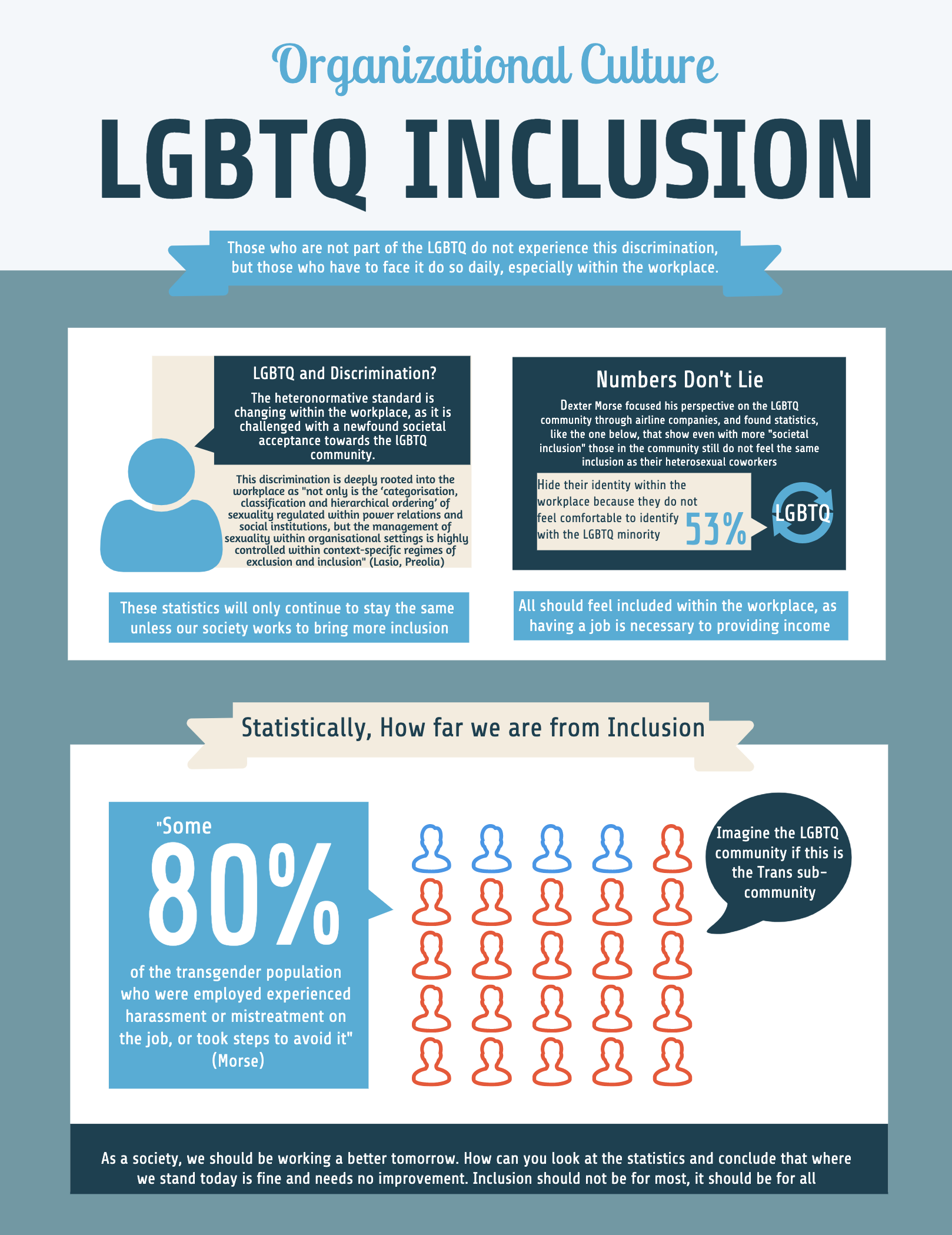With the end of the summer term quickly approaching, you’ve got some looming deadlines, but you’ll have a little bit of extra time. Read on for instructions and deadline info.
Final projects will be due by the end of the day on Thursday, 8/6 (this is a 24-hour extension). Please post your project to the blog, and be sure to do the following:
- if your project takes the form of anything other than a blog post (for which you could use Expressions to build your document), please insert your project into the post as a usable file (i.e. PDF) or link. Use the Add Media button on your post to do this. Remember that you can title that media in the Add window, so that whatever text you want to have will appear where you embed the link.
- in the body of your post, include a brief outline of the rhetorical situation for your text–the audience, purpose, mode of delivery/publication, etc. (Remember that you have full control over this and can create whatever hypothetical situation you desire.)
- categorize your post as “Taking it public,” and tag it with “final project,” “unit 3,” “week of 8/3,” and [your name]
Your Unit 3/final course reflection will be due by the end of the day on Saturday, 8/8 (this is also a 24-hour extension). Please refer to the unit 3 assignment sheet for the prompt for this 500-word post. Please note:
- this should read like an essay (not just a Q&A)
- you should categorize this post as “Taking it public,” and tag it with “week of 8/3,” “reflection,” “unit 3,” and [your name]

